
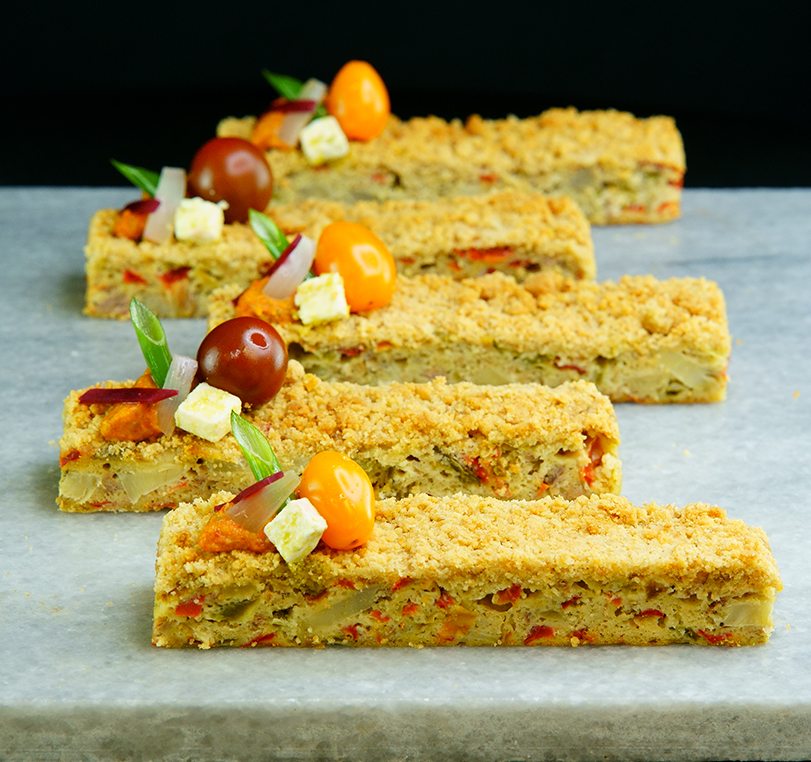
Food Processor Uses: How This Tool Transforms Kitchen Efficiency
What is a food processor used for? If you’ve ever worked in a commercial kitchen, you know the answer goes far beyond chopping vegetables. A food processor is one of the most versatile and time-saving tools a professional chef can rely on. With the right machine and attachments, this single appliance can replace hours of manual labor, delivering speed, consistency, and quality – all essential to a high-functioning kitchen.
In this article, we’ll explore the full range of food processor uses, offer practical tips on how to use a food processor efficiently, and guide you through choosing the right accessories to unlock its full potential.
The Many Functions of a Food Processor in a Professional Kitchen
From prep work to precision tasks, commercial food processors are built to handle a variety of kitchen responsibilities. Their core advantage lies in how much time and effort they save when handling repetitive tasks. Some of the most common uses for a food processor include:
01.
Chopping and mincing
vegetables, herbs, nuts, and even meats can be processed in seconds.
02.
Slicing and shredding:
with the proper discs, a food processor delivers uniform cuts that improve cooking consistency and presentation.
03.
Mixing and kneading:
doughs, batters, and sauces come together effortlessly thanks to strong motors and specialty blades.
04.
Blending and emulsifying:
smooth purées, dressings, and emulsified sauces are easily achieved without switching to a separate blender.
05.
Grinding:
from spices to breadcrumbs to firm cheeses, processors make light work of tough ingredients.
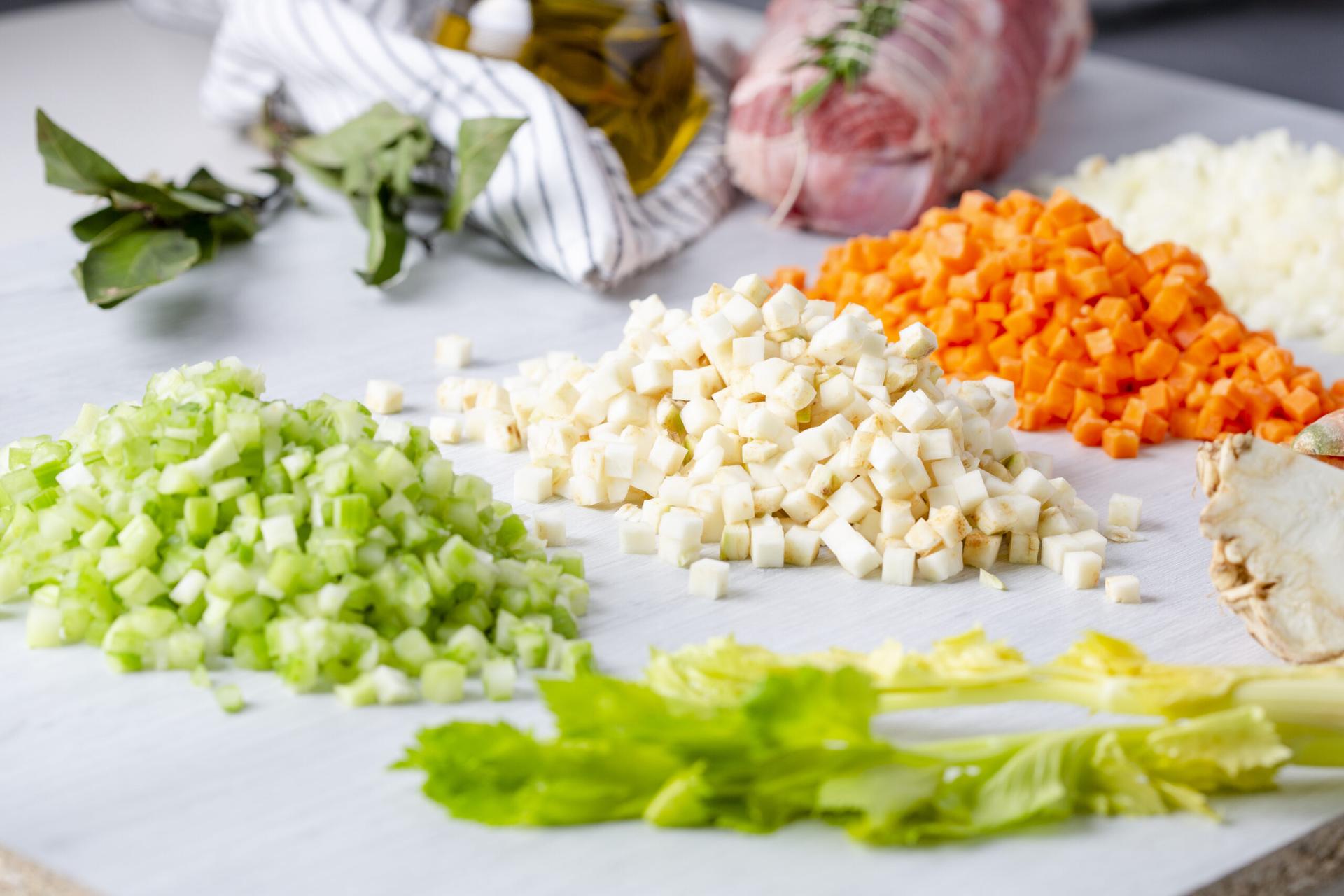

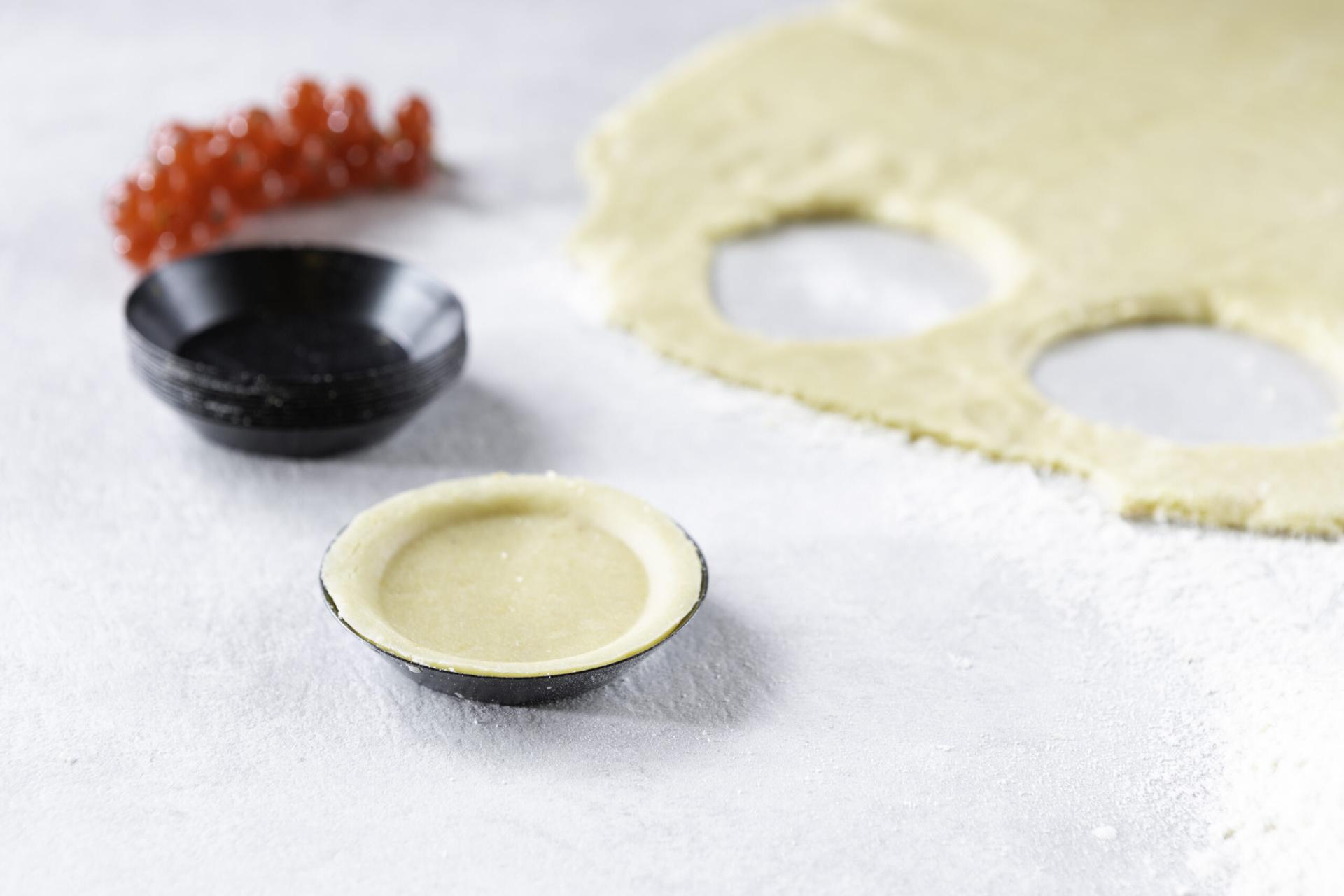
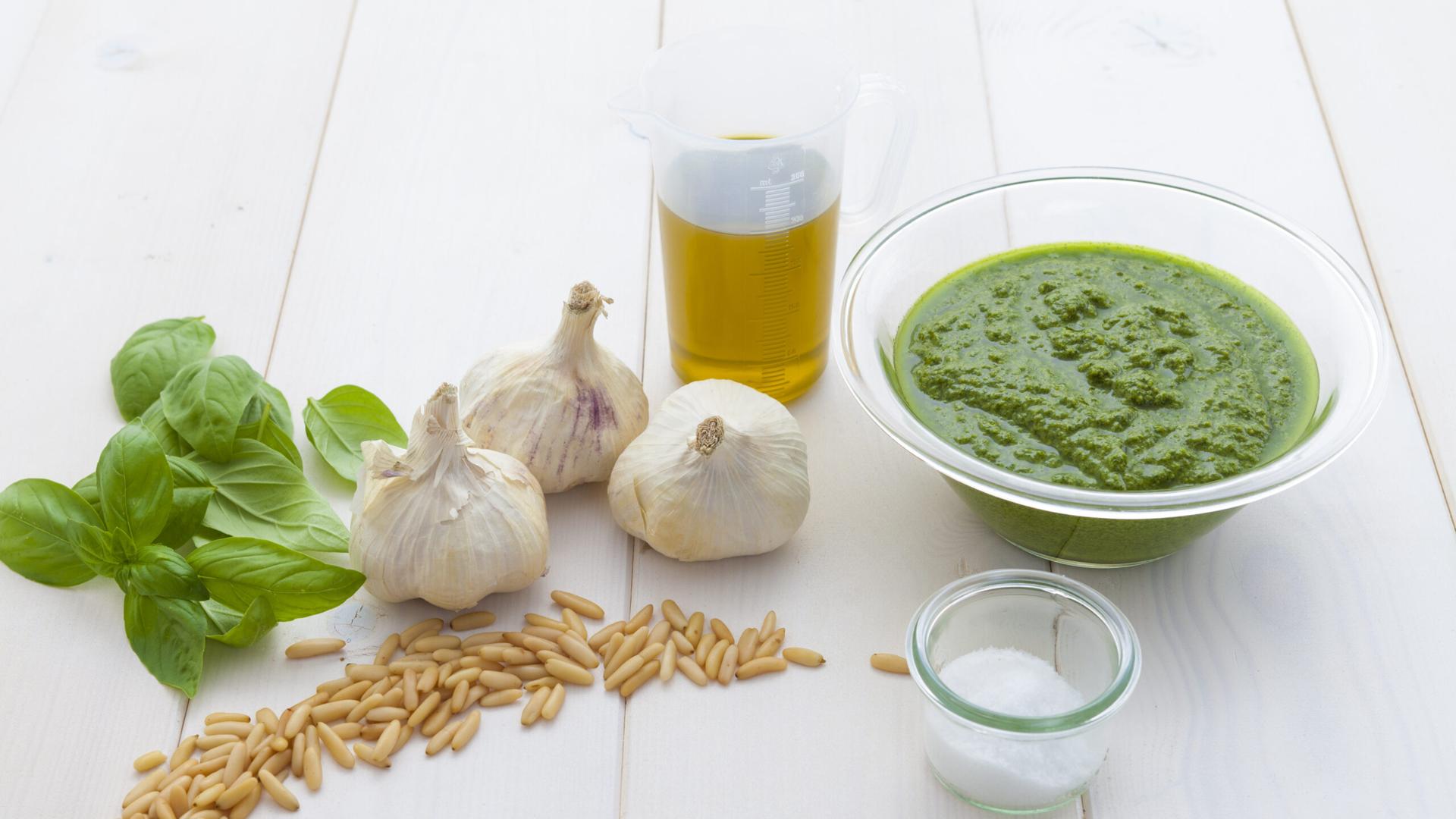
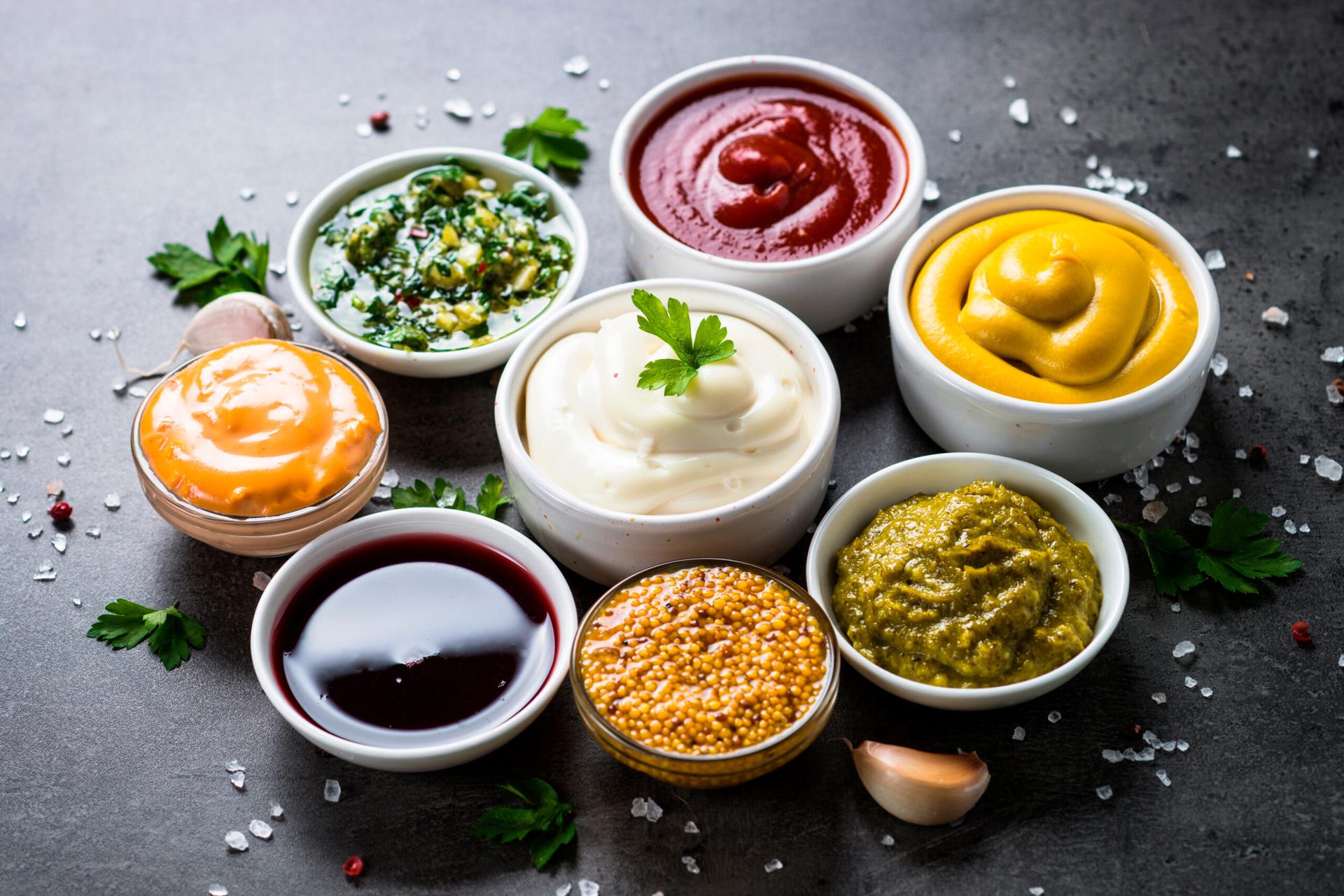

01.
Chopping and mincing
vegetables, herbs, nuts, and even meats can be processed in seconds.

02.
Slicing and shredding:
with the proper discs, a food processor delivers uniform cuts that improve cooking consistency and presentation.

03.
Mixing and kneading:
doughs, batters, and sauces come together effortlessly thanks to strong motors and specialty blades.

04.
Blending and emulsifying:
smooth purées, dressings, and emulsified sauces are easily achieved without switching to a separate blender.

05.
Grinding:
from spices to breadcrumbs to firm cheeses, processors make light work of tough ingredients.
In essence, a food processor is a multi-tool that adapts to the needs of any shift – especially when time, precision, and volume are critical.
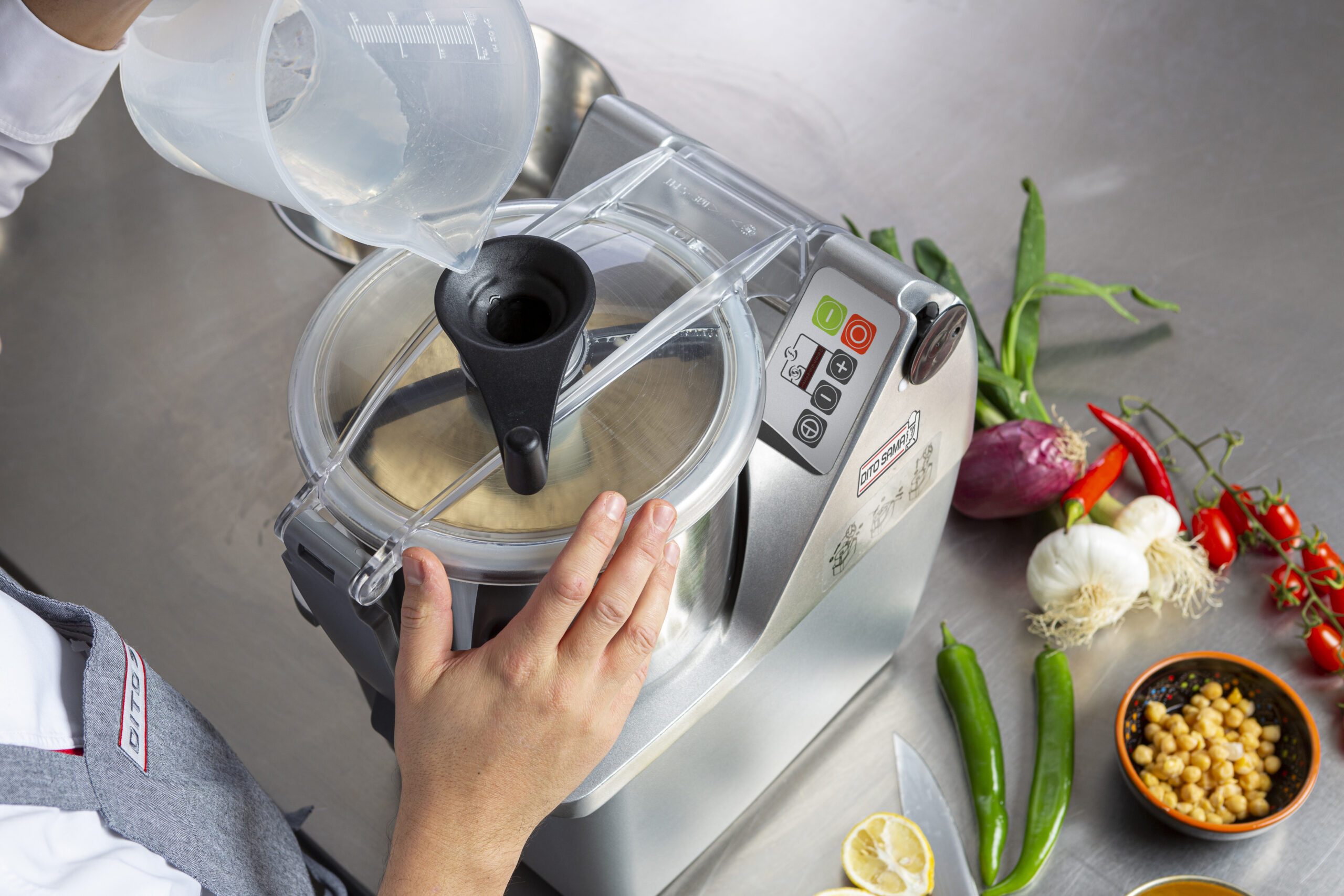
How to Use a Food Processor for Maximum Productivity
Getting the most from your food processor isn’t just about flipping a switch. To truly maximize productivity, professional kitchens should think about how this tool integrates into daily routines.
First, make sure staff are trained not only on basic operation, but also on how to match attachments to tasks, portion ingredients correctly, and clean the machine safely. This prevents downtime and ensures optimal performance.
Plan prep workflows so the processor is used in batches – processing all the carrots, onions, or cheese for a service window in one go is far more efficient than repeated, stop-start use. Prepping mise en place with a food processor saves valuable time, reduces fatigue, and frees up chefs for more complex culinary work.
High-quality commercial food processors, like those from Dito Sama, are designed with these efficiencies in mind. Their durable components, easy-to-use controls, and powerful motors mean you can depend on them shift after shift.
Choosing the Right Attachments for Different Culinary Tasks
One of the greatest strengths of a commercial food processor lies in its adaptability. With the right accessories, a single machine can handle a broad spectrum of kitchen tasks with speed and precision.
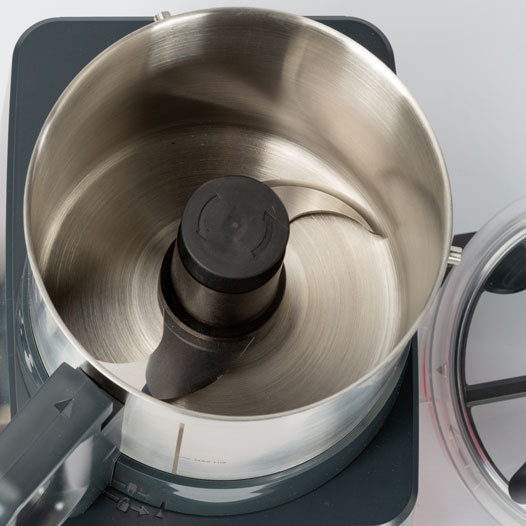
S-blades
are ideal for chopping, mixing, and pureeing a variety of ingredients with uniform consistency.
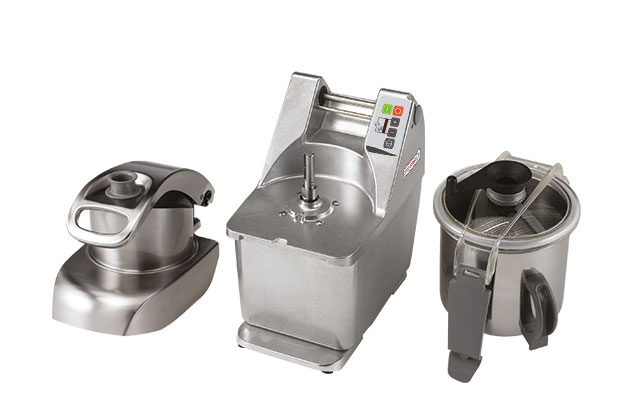
Slicing discs
come in different thicknesses, allowing for precise cuts – from delicate vegetables to firm roots – ensuring even cooking and consistent presentation.
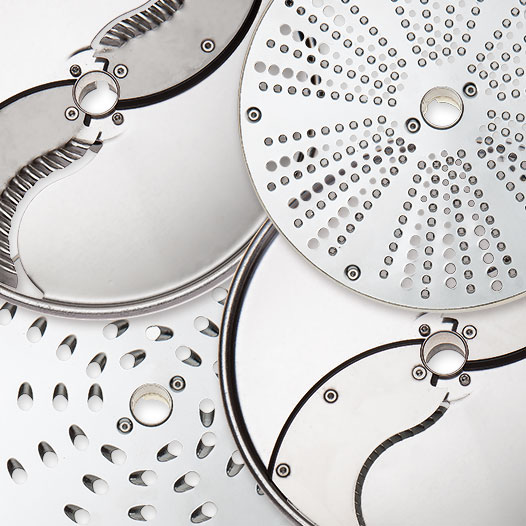
Julienne and grating discs
help speed up prep for salads, garnishes, or cheese-based dishes, all while keeping output uniform.
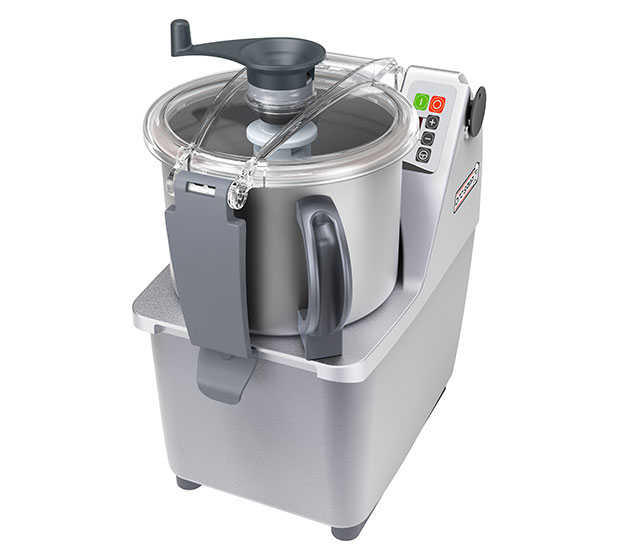
Dough blades
mix and knead dough evenly and efficiently, producing smooth, elastic textures without overworking the ingredients.
These attachments are designed to endure intensive, repeated use during peak hours. Their ergonomic construction and ease of handling ensure smooth operation and minimal downtime during shift changes or busy periods.
Choosing a processor with a comprehensive, high-performance accessory range is key to maximizing kitchen output and consistency. Every element – from blades to discs – is engineered with professional standards in mind, supporting demanding workflows without compromising results.
LAST NEWS


